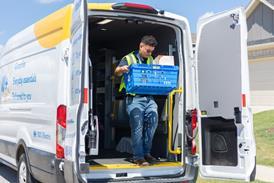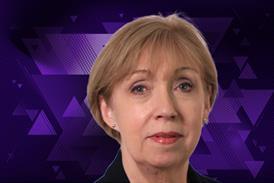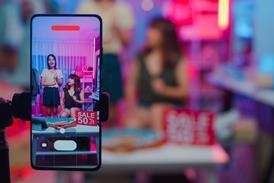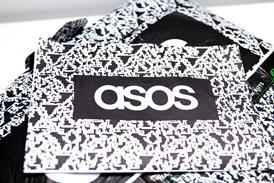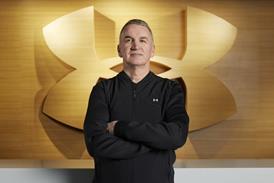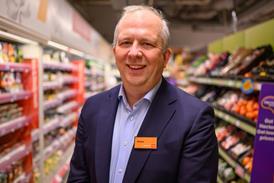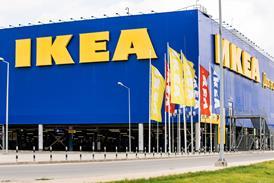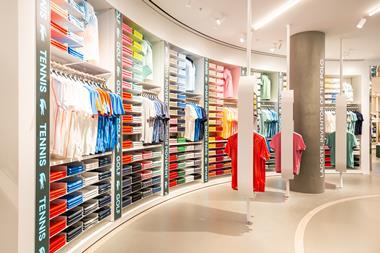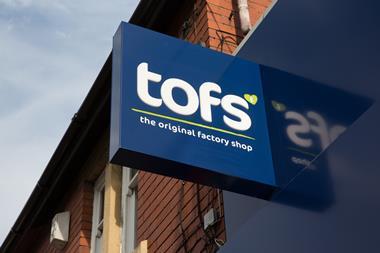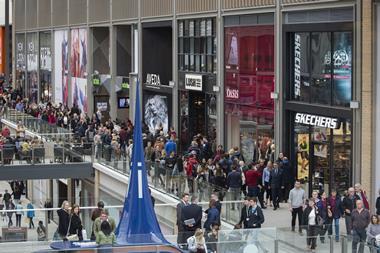Did Covid kill in-store retail? Informatica’s Tim Davies investigates how retailers can deliver a first-class customer experience post-pandemic
There’s no doubt that the pandemic delivered hard lessons about retailers’ physical shops, fulfilment capabilities and buying experiences.
Customers were compelled to use digital channels to make purchases, but the chorus of voices sounding a death knell for bricks and mortar missed something essential: physical retail environments still hold immense value for brands and consumers.
“54% of retailers have invested in real-time personalisation across all channels”
Digital is vital — and so is every retail touchpoint. Consumers now expect an omnichannel shopping experience that incorporates personalisation, seamless channel engagement and rapid fulfilment, regardless of whether they are online or in store.
Winning consumers over is top of the agenda for many, with 54% of retailers investing in real-time personalisation across all channels, according to our research.
So how do you deliver a retail experience for the post-Covid generation? We interviewed retail leaders to understand current best practices. Here’s what they told us.
Lesson 1: Switch from a geographic optimisation strategy to a demand optimisation one
Supply chain disruption had some of the biggest impacts on the retail sector.
According to Jay Jayapal, director of global supply chain at Gap: “We had a hard time fulfilling customer needs because of product availability. We had to be creative with our fulfilment efforts.”
Jayapal says a reduction in in-store visits during the pandemic helped the company shift even more towards omnichannel.
Lesson 2: Rethink customer engagement
Shifts in consumer behaviour and changing demographics are compelling retailers and consumer packaged goods (CPG) brands to change the way they engage customers.
A senior director at a major international retailer told us that what’s important now is “how you communicate with the customer directly about intangible benefits, such as the value the product provides for their unique context”.
Lesson 3: Be ready to deliver products on demand – even if they aren’t sitting on store shelves
While most CPG and retail leaders agree the physical store is not going away any time soon, they also recognise that the barriers between digital and physical retail must be dissolved.
A senior director at a major retailer said they are already shifting their business model to on-demand fulfilment.
“The biggest change in our business model has been to cater to consumers on demand, whether that be through in-store pick-up, two-hour delivery or next-day delivery,” they said.
Lesson 4: Build a data infrastructure that can tell you where your inventory fits
The omnichannel shift means supply chain, fulfilment, marketing and technology must all work in harmony to address shifts in customer demand. Trusted data is the chain linking everything together.
A director from a CPG brand told us: “You need to have a robust reporting system, insights and a data analysis team to ensure a hybrid fulfilment model.”
Data determines omnichannel excellence
Retailers must shift their business models toward omnichannel commerce. This involves integrating digital channels with physical stores to provide a seamless customer experience.
Today’s customers expect their preferences to be recognised wherever they shop. It’s up to retailers and CPG brands to provide the tools – and have systems in place – that can deliver on that highly personal expectation.
To find out more, download our white paper Executive Insights on Best Practices for Next-Generation Retail Experience and check out informatica.com/retail

Tim Davies is head of retail and CPG for UK and Ireland at Informatica
Tim Davies has been working with UK retailers for the last 20 years supporting transformation projects. More recently, he has been specialising in data and how UK retailers can leverage their data to make better business decisions.





